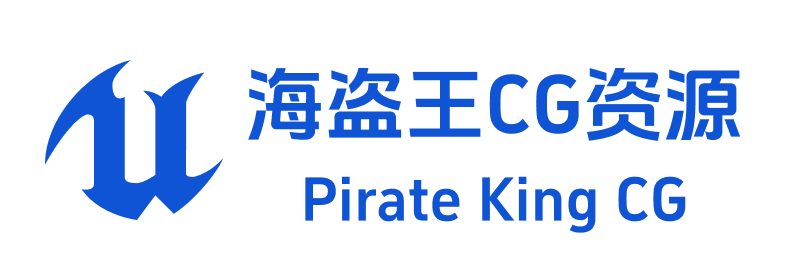Features:
- Import training results of the official implementation of 3D Gaussian Splatting
- Render the imported results in Unreal Engine
Code Modules:
- ThreeDGaussians (Runtime)
- ThreeDGaussiansImporter (Editor)
Number of Blueprints: 1
Number of C++ Classes: 1+
Number of Materials: 1+
Network Replicated: No
Supported Development Platforms: Windows 64bit
Supported Target Build Platforms: Windows 64bit
Documentation: Link
Important/Additional Notes: GPU which supports DirectX 12 is required
特征:
- 导入培训结果 3d高斯飞溅的正式实现
- 在虚幻引擎中渲染导入的结果
代码模块:
- 三人组(运行时)
- ThreeDGaussiansImporter(编辑)
蓝图数目:1
C++类数:1+
材料数量:1+
网络复制:没有
支持的开发平台:Windows64bit
支持的目标构建平台:Windows64位
文件: 连结
重要/附加说明:需要支持DirectX12的GPU




Demo Video: Link
Free Demo EXE: Link
Product Page: Link
Documentation: Link
Use real-world captures as photo-realistic 3D environments
3D Gaussian Splatting is a technique for reconstructing scenes from multiple photos, whose accuracy is equivalent or better than NeRF, and whose rendering load is lower than NeRF.
Anyone can create 3D Gaussian Splatting data by using the official implementation.
This plugin is a importer and a renderer of the training results of 3D Gaussian Splatting.
-
Just a few clicks on the UE editor to import.
-
Real-time rendering at about 30-100 FPS with RTX3070, depending on the data
-
Fully implemented in Niagara and Material, without relying on Python, CUDA, or custom HLSL node
-
Demo project is available for free.
System Requirement
GPU which supports DirectX 12 is required.
Limitations
-
This plugin renders 3D Gaussian Splatting data using Niagara particles. Because there is a limit to the number of particles in a Niagara system, this plugin imports 3D Gaussian Splatting data into multiple blocks. The seams between the blocks can be seen if one looks carefully.
-
Lighting support is EXPERIMENTAL. You can use Lit/Translucent material for rendering of 3D Gaussian Splatting data, but problems occurs under certain conditions. See the details.
-
Lumen is not supported. You can receive the light from Lumen Global Illumination, but the brightness may be unstable over time. Also, it cannot emit GI light.
-
Shadow is not supported.
-
Ray Traced Translucency is not supported.
-
3D Gaussian Splatting data are rendered by translucent material. When used with other transparent objects, problems can occur when deciding which objects to render in front of or behind other transparent objects; if multiple 3D Gaussian Splatting actors are placed, they will not intersect with each other correctly.
演示视频: 连结
免费演示EXE: 连结
产品页面: 连结
文件: 连结
使用真实世界的捕捉作为照片般逼真的3D环境
3d高斯分割是一种从多张照片中重建场景的技术,其精度与NeRF相当或更好,其渲染负载低于NeRF。
任何人都可以通过使用创建3d高斯飞溅数据 正式实施.
这个插件是一个导入器和3d高斯飞溅训练结果的渲染器。
-
只需在UE编辑器上单击几下即可导入。
-
使用RTX3070以大约30-100FPS的速度实时渲染,具体取决于数据
-
在Niagara和Material中完全实现,无需依赖Python、CUDA或自定义HLSL节点
-
示范项目 是免费提供的。
系统要求
需要支持DirectX12的GPU。
限制
-
该插件使用Niagara粒子渲染3d高斯飞溅数据。 由于Niagara系统中的粒子数量有限制,因此该插件将3d高斯分割数据导入到多个块中。 如果仔细观察,可以看到块之间的接缝。
-
照明支持是实验性的。 您可以使用Lit/半透明材质来渲染3d高斯飞溅数据,但在某些条件下会出现问题。 详情请参阅.
-
内腔不支持。 您可以接收来自流明全局照明的光线,但亮度可能会随着时间的推移而不稳定。 此外,它不能发出GI光。
-
阴影不支持。
-
不支持光线追踪半透明。
-
三维高斯飞溅数据由半透明材料渲染。 与其他透明对象一起使用时,在决定在其他透明对象前面或后面渲染哪些对象时可能会出现问题;如果放置了多个3d Gaussian Splatting actor,它们将不会正确地相互交

评论(0)